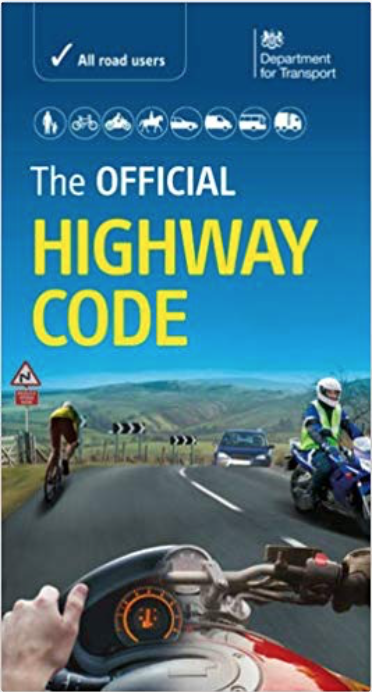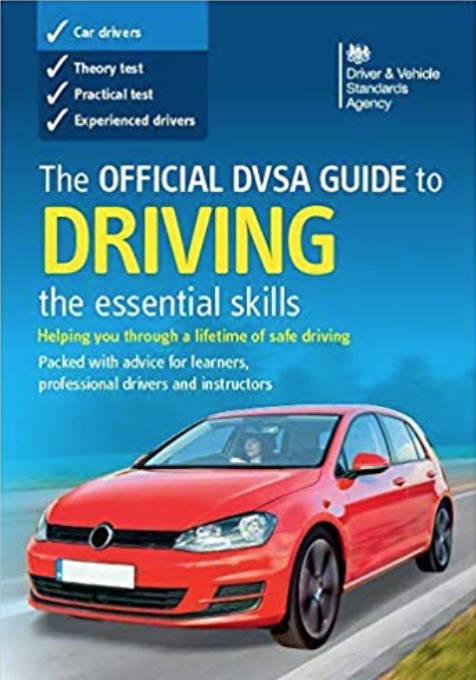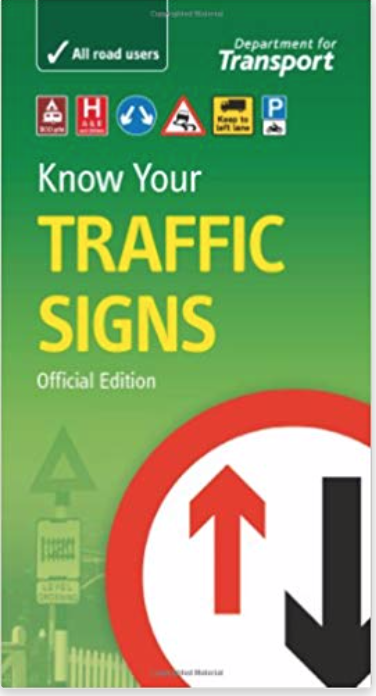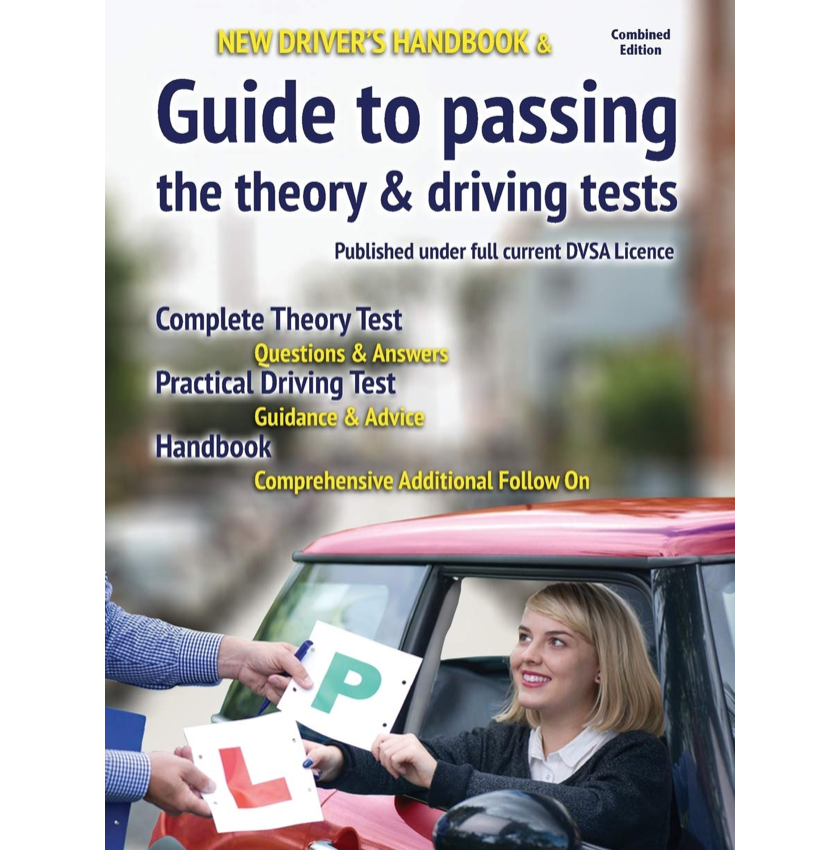Check out my video with reversing tips! Tops tips to improve your reversing skills
Tip 1 - Practice in a quiet area.
This could be a no through road or empty car park (often supermarkets shut after 4pm on Sundays, so this could be the perfect time to practice. By having no one around you will have less distractions so, therefore, be able to concentrate more on your reversing skills.
A good reversing exercise is to practice reversing in and out of the street lights in the car park, almost like a slalom, the gaps between the posts are often quite large so it will give you lots of time to get the appropriate steering done.
 Tip 2 - Keep the car S - L - O - W.
Tip 2 - Keep the car S - L - O - W.
By keeping the car moving slowly (like a snail dragging a stone or an old mans walking pace!) you will give yourself more time to think about things, such as 'Am I getting near that kerb?' or 'How much room do I have behind me?', the slow speed will also give you more time to react if you do feel like you are getting too close to something
Have a look at the clutch control page for some tips on keeping the car moving slowly.
- Tip 3 - Look where you want the car to go.
When reversing it can be tempting to look at the steering wheel to try and work out which way to steer, however ask yourself this "When I am driving forward do I look at the wheel and do I think which way to steer?", the answer to this question is most likely "No".
The reason you do not need to look at the wheel when going forwards is because you are looking where you want the car to go and, with practice, your brain will automatically work out for you how much steering to do and when to steer so you get smoothly around kerbs etc., basically 'your hands will follow your eyes'. It is the same with reversing.
If you are looking forward when reversing how will you know where you want the back of the car to go? It will be very difficult, if not impossible, almost like driving forwards while looking out of the back window.
It can also be tempting to use the interior mirror to reverse, again this can make the whole task more difficult, as what do mirrors do? They reverse images, so things can appear back to front so it will be very difficult to work out the steering.
Of course it is important to have look ahead and in the blind spots as well to make sure nothing ahead of your is going to cause you a problem, but the main bias when reversing should be out of the back window. Remember you the Highway Code allows you to take off your seatbelt for any manoeuvre involving reversing this may allow you to move more freely in your seat to have a good look out of the back window.
When looking out of the back window try pointing which way you want the back of the car to go and the way you need to steer is the same way you are pointing. You want the back of the car to go left, steer left, you want the back of the car to go right, steer right.
- Tip 4 - Dip your side mirrors so you can see the kerbs.
All modern cars have adjustable mirrors, either electric or manual (you have to push them to move them!), use these to your advantage, angle the mirror down in a way so that you can clearly see the kerb (See image 1).

An alternative is to buy some small 'blind spot mirrors' (Can get them from Wilko for a few pounds) and stick these on your side mirrors and then angle them down to see the kerb (see image 2).
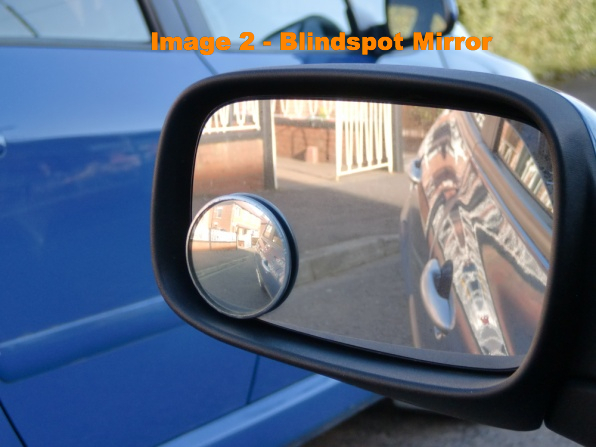
If you can see the kerb it will be a lot easier to judge if you are getting to close or too far away, and therefore you can adjust your steering accordingly.
- Tip 5 - Straightening the wheels
Often straighten the wheels when reversing can cause issues for many learners as the amount of steering can easily be misjudged causing oversteering (i.e. steering too much). One way to help with this is the know how much steering is needed to straighten the car up. On most cars it takes about 1 and 1/2 turns from a full lock (that means steering until the wheel does not turn any more) to straighten the wheels. Practice this on your car by starting off with the wheels straight and then do a full lock either left or right and see how many turns it takes and then steer the same amount in the opposite direction and your wheels will be straight, so if you steered 1 and 1/2 turns to the right, to straighten up you would need to steer 1 and 1/2 turns to the left.
The above books are an essential purchase when learning to drive.
- Tip 6 - Keep it simple :-)
There is often a misconception that when reversing you need to steer the opposite way to going forwards, however this is incorrect. If the kerb is on your left and you want to get closer to it you would steer to the left, towards the kerb. If you were getting too close to it and want to come away from the kerb you would steer away from the kerb i.e. towards the right. I believe there is this misconception as many people will try and reverse while looking forwards, and in this case everything would be back to front.
I often find that If you over think about how much to steer and which way it more often than not leads to confusion, like mentioned on tip 3 when you drive forwards it is unlikely that you will think how much steering to do and which way, reversing is the same :-)
- Tip 7 - Practice, Practice and more Practice
The more you practice the more confident you will get with your reversing skills, enough said :-)


 Tip 2 - Keep the car S - L - O - W.
Tip 2 - Keep the car S - L - O - W.